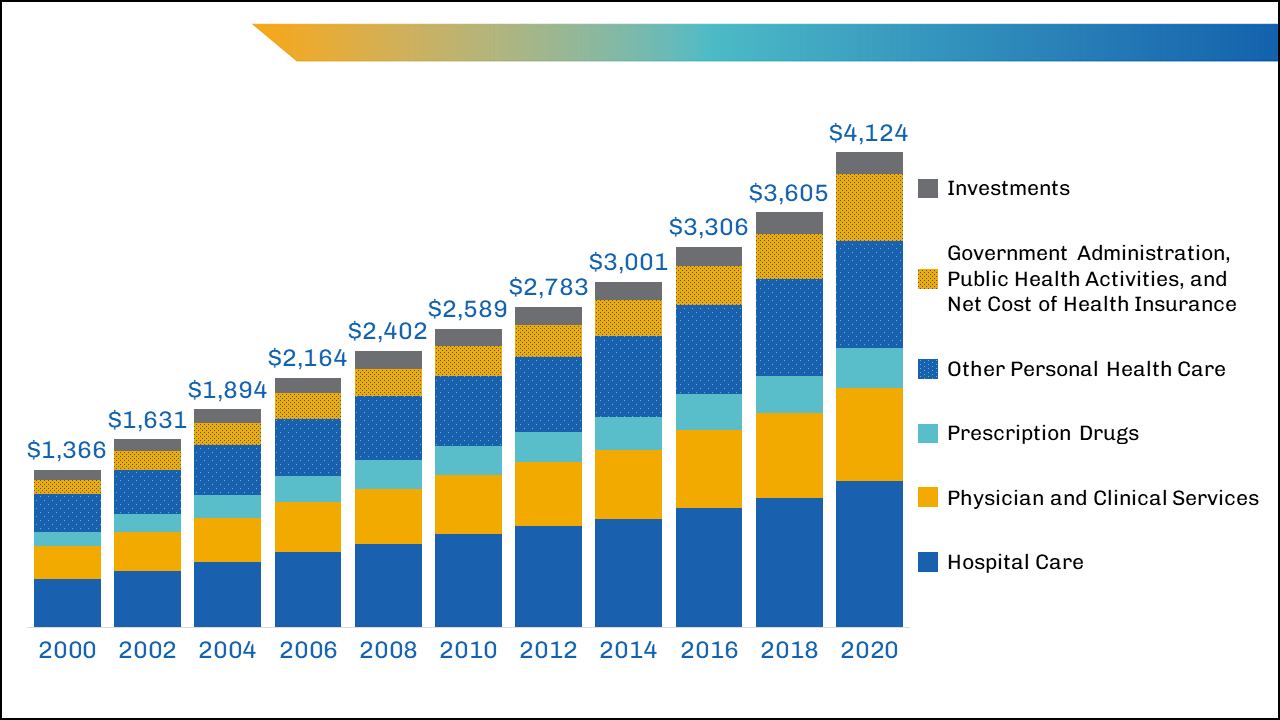A Comprehensive Guide on Just How Healthcare RCM Functions to Enhance Invoicing and Collections
Navigating the complexities of medical care income cycle monitoring (RCM) is vital for carriers aiming to enhance their invoicing and collections procedures. The overview unloads the details of RCM, from client enrollment to accounts receivable administration, supplying understandings right into optimizing each action.
Recognizing Earnings Cycle Management
RCM is an important management function that incorporates the whole monetary process of patient treatment, from the preliminary appointment establishing to the last repayment of the equilibrium. It is a complicated procedure designed to determine, gather, and take care of the income from the solutions offered to clients.
The RCM process begins when a patient routines a consultation and expands with the patient's treatment trip, including payment and collections. A vital objective is to lower the time between providing a solution and obtaining settlement, therefore boosting the organization's financial wellness. RCM includes numerous functions such as client enrollment, insurance coverage verification, cost capture, coding, declares entry, repayment posting, and taking care of denials and charms.
Key Parts of RCM
In the world of Revenue Cycle Monitoring (RCM), recognizing its essential components is basic to attaining financial efficiency within medical care organizations. RCM is a comprehensive process that includes various stages, each crucial to making certain efficient billing and collections. The key components consist of person registration, insurance policy verification, charge capture, coding, insurance claim submission, payment posting, and balance due monitoring.


When coded, claims are submitted to payers, where accuracy is vital to prevent beings rejected or delays - Healthcare RCM. Settlement posting involves tape-recording the gotten repayments, which allows for the reconciliation of accounts. Finally, balance dues management focuses on monitoring and resolving unsettled insurance claims, making sure timely follow-up and resolution
Each part of RCM is interconnected, and ineffectiveness in any type of part can disrupt the whole cycle. Therefore, mastering these aspects is crucial for medical care companies to optimize income and enhance their financial health.
Methods for Effective Invoicing

Standardizing payment treatments across the organization is one more key method. Developing clear guidelines for documentation, coding, and entry aids keep uniformity and conformity with regulatory demands. Educating staff consistently on these treatments guarantees everybody is up-to-date with the current changes in payment codes and payer policies.
Exact fee capture is crucial in protecting against earnings leakage. Implementing regular audits and surveillance systems enables for the recognition and improvement of discrepancies prior to they affect earnings. Additionally, preserving open lines of interaction with payers helps to rapidly fix any type of disagreements or misconceptions that might arise.

Last but not least, interesting patients early in the invoicing procedure by offering clear estimates and academic materials about their monetary obligations can considerably lower confusion and enhance repayment timeliness. These techniques collectively add to a more economically healthy and balanced and efficient billing system.
Enhancing Collections Procedures
A robust collections procedure is essential for preserving financial security within health care companies. Given the complexities of medical invoicing and the variety of payer demands, enhancing the collections process involves applying critical procedures that make certain exact and timely repayment of services made. Central to this is making use of modern technology to automate and enhance processes, decreasing hand-operated errors and boosting efficiency. Automation devices can assist in tracking claim statuses, sending timely suggestions to individuals, and handling denials much more properly.
Training personnel to understand the subtleties of insurance policy plans and billing codes is just as essential. This expertise empowers them to deal with payment discrepancies promptly and interact effectively with people concerning their financial obligations. Additionally, transparent and clear person visite site interactions are important. Offering in-depth descriptions of costs and using versatile layaway plan can boost client complete satisfaction and punctual payments.
Routine audits of the collections process ought to be carried out to identify locations for improvement and make sure compliance with guidelines. By analyzing information, health care organizations can determine patterns, expect prospective concerns, and adjust strategies accordingly (Healthcare RCM). Inevitably, a well-enhanced collections procedure not just sustains economic health and wellness but also adds to an extra smooth experience for people and team alike
Optimizing Earnings Streams
Building upon the structure of a strong collections procedure, medical care companies can further strengthen their financial stability by tactically optimizing profits streams. This includes a multi-faceted approach, starting with a detailed analysis of existing revenue resources to recognize inefficiencies and areas for growth. pop over to this web-site Utilizing advanced data analytics tools allows companies to get insights right into payer mix, patient demographics, and service utilization patterns, permitting for data-driven choices that improve earnings capture.
Implementing automated billing systems can dramatically reduce errors and expedite claims processing, ensuring that revenue is gathered much more effectively. In addition, enhancing payer agreements via routine arrangements can improve reimbursement prices and terms, directly affecting the bottom line. Diversifying service offerings, such as incorporating telehealth or health programs, can additionally bring in a broader person base, hence boosting income potential.
Another essential part is improving individual involvement and fulfillment, as completely satisfied individuals are most likely to comply with therapy strategies and make prompt repayments. Using flexible settlement alternatives and clear invoicing techniques can boost collections and foster patient commitment. Healthcare RCM. By adopting these strategies, health care companies can create a much more resistant monetary framework, ensuring sustained growth and security in an ever-changing market landscape
Conclusion
In verdict, healthcare Revenue Cycle Administration (RCM) plays a crucial role in maximizing payment and collections procedures by incorporating key parts such as individual registration, insurance coverage confirmation, charge capture, coding, claims submission, and accounts receivable monitoring. By employing sophisticated technology, systematizing procedures, and fostering person engagement, medical care companies can substantially minimize insurance claim denials, increase payment cycles, and boost capital. This extensive strategy to RCM eventually causes enhanced monetary efficiency and sustainability for medical care organizations.
The RCM process starts when a person timetables a visit and expands with the patient's care trip, including invoicing and collections.An additional important component is improving patient engagement and contentment, as pleased clients are a lot more most likely to adhere to treatment plans and make timely settlements. Offering adaptable repayment choices and clear invoicing practices can enhance collections and foster individual loyalty.In conclusion, healthcare Profits Cycle Management (RCM) plays an important role in optimizing billing and collections procedures by integrating vital elements such as individual registration, insurance coverage confirmation, charge capture, coding, asserts entry, and accounts receivable monitoring. By employing advanced modern technology, standardizing go to my blog treatments, and fostering client interaction, health care companies can considerably reduce insurance claim rejections, speed up payment cycles, and improve cash money flow.